Shin splints are a painful and frustrating setback for athletes and runners. Whether you're a seasoned marathon runner or a weekend warrior, understanding the signs, symptoms, prevention, and treatment of shin splints is crucial for maintaining your peak performance.
Signs and Symptoms of Shin Splints
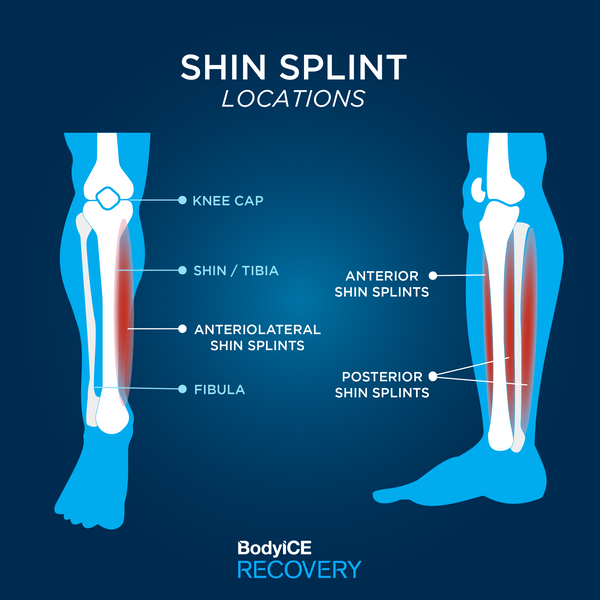
Shin splints, also known as medial tibial stress syndrome, affect the lower leg and are often characterised by pain along the shinbone (tibia). Here are some common signs and symptoms to watch out for:
- Pain: Shin splint pain typically starts as a dull ache along the inner edge of the shinbone. Initially, the pain may only occur during physical activity, but it can progress to become constant or even sharp and affect daily activities.
- Tenderness: The affected area may be tender to the touch, and palpating along the shinbone can elicit pain.
- Swelling: In some cases, mild swelling may be present in the lower leg.
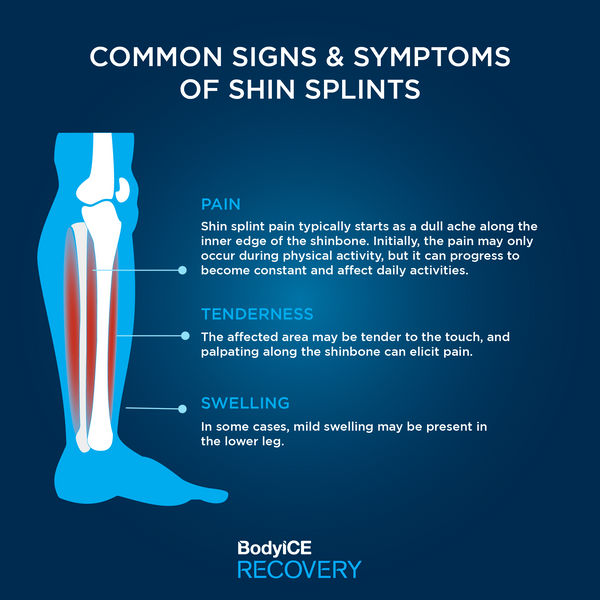
Prevention of Shin Splints
Preventing shin splints is crucial for athletes and runners who want to maintain their training regimen and performance levels. Here are some preventive measures to consider:
-
Gradual Progression:
Avoid sudden increases in training intensity, mileage, or duration. Gradually build up your training routine to allow your body to adapt and minimize the risk of overuse injuries.
-
Proper Footwear:
Invest in well-fitting, supportive athletic shoes designed for your specific activity. Replace them regularly to ensure adequate cushioning and shock absorption.
-
Surface and Terrain:
Vary your running surfaces to reduce repetitive stress on the lower legs. Mixing softer surfaces like grass or trails with harder surfaces like pavement can help alleviate the strain.
-
Strength and Flexibility Training:
Incorporate strength and flexibility exercises into your training routine. Focus on exercises that target the muscles of the lower leg, such as calf raises, toe taps, and ankle rotations.
Treatment Options for Shin Splints

When faced with shin splints, it's essential to address the issue promptly to avoid further complications. Here are some effective treatment options:
1. Rest and Reduce Impact:
Reduce or temporarily halt activities that worsen the pain. One of the most crucial aspects of treating shin splints is allowing ample rest for your lower legs. Avoid high-impact activities and reduce or temporarily halt activities that exacerbate the pain. Resting helps to alleviate stress on the affected area, allowing it to heal.
2. Ice Therapy:
Ice therapy is an effective method to reduce inflammation and relieve pain associated with shin splints. Applying an ice pack to the affected area for 15-20 minutes at regular intervals throughout the day can help reduce swelling. The cold temperature constricts blood vessels and helps control inflammation. Consider using a specialized ice pack, such as our BodyICE Recovery Small Universal, designed to conform to the shape of the lower leg.
3. Compression:
Wearing compression socks or sleeves can provide support and reduce swelling in the lower leg. They can also help enhance blood flow and aid in the recovery process. They improve blood circulation, which aids in the healing process. Compression garments are particularly beneficial during physical activity as they provide added stability to the muscles and help minimize further damage. Wear compression socks or sleeves during workouts and even throughout the day to promote recovery.
Seeking the guidance of a physical therapist who specializes in sports injuries can significantly aid in the treatment of shin splints. They can assess your condition, identify any biomechanical issues or muscle imbalances contributing to the problem, and provide targeted exercises and stretches to address these issues. Physical therapy can also include techniques like massage and ultrasound therapy to promote healing and reduce pain.
5. Heat Therapy:
Once the initial inflammation subsides, heat therapy can be beneficial for promoting blood flow and accelerating the healing process. Use a heat pack, such as the BodyICE Recovery Small Universal heat pack, following the acute phase of injury, as recommended by your healthcare professional.
6. Strengthening and Stretching Exercises:
Engaging in specific strengthening and stretching exercises can help rehabilitate the lower leg and prevent future occurrences of shin splints. Some exercises to consider include:
- Calf Raises: Stand on a step or raised platform with your heels hanging off the edge. Rise onto your toes, then lower your heels below the step's level. Repeat for several sets, gradually increasing intensity over time.
- Toe Taps: Sit on a chair or bench with your feet flat on the ground. Lift your toes and tap them back down, focusing on the movement in the lower leg muscles. Repeat for several sets.
- Ankle Rotations: Sit on the ground with your legs extended in front of you. Rotate your ankles clockwise and counter clockwise, aiming for a full range of motion. Perform this exercise for several minutes on each leg.
Gradual Return to Activity:
Once the pain has subsided and you've made progress in your recovery, gradually reintroduce physical activity. Begin with low-impact exercises like swimming or cycling and gradually increase the intensity and duration. Listen to your body and take breaks if necessary. Pay attention to any signs of pain or discomfort and adjust accordingly.
As an athlete or runner, understanding the signs, symptoms, prevention, and treatment of shin splints is crucial for maintaining your performance and preventing setbacks. By implementing preventive measures, listening to your body, and promptly addressing any symptoms, you can reduce the risk of developing shin splints. Remember to rest, apply ice packs during the acute phase, and consider heat therapy as part of your recovery process. By taking proactive steps, you'll be back on track, pain-free, and ready to conquer your athletic goals.
When dealing with any injury or persistent pain, it's essential to consult with a healthcare professional for an accurate diagnosis and personalised treatment plan.


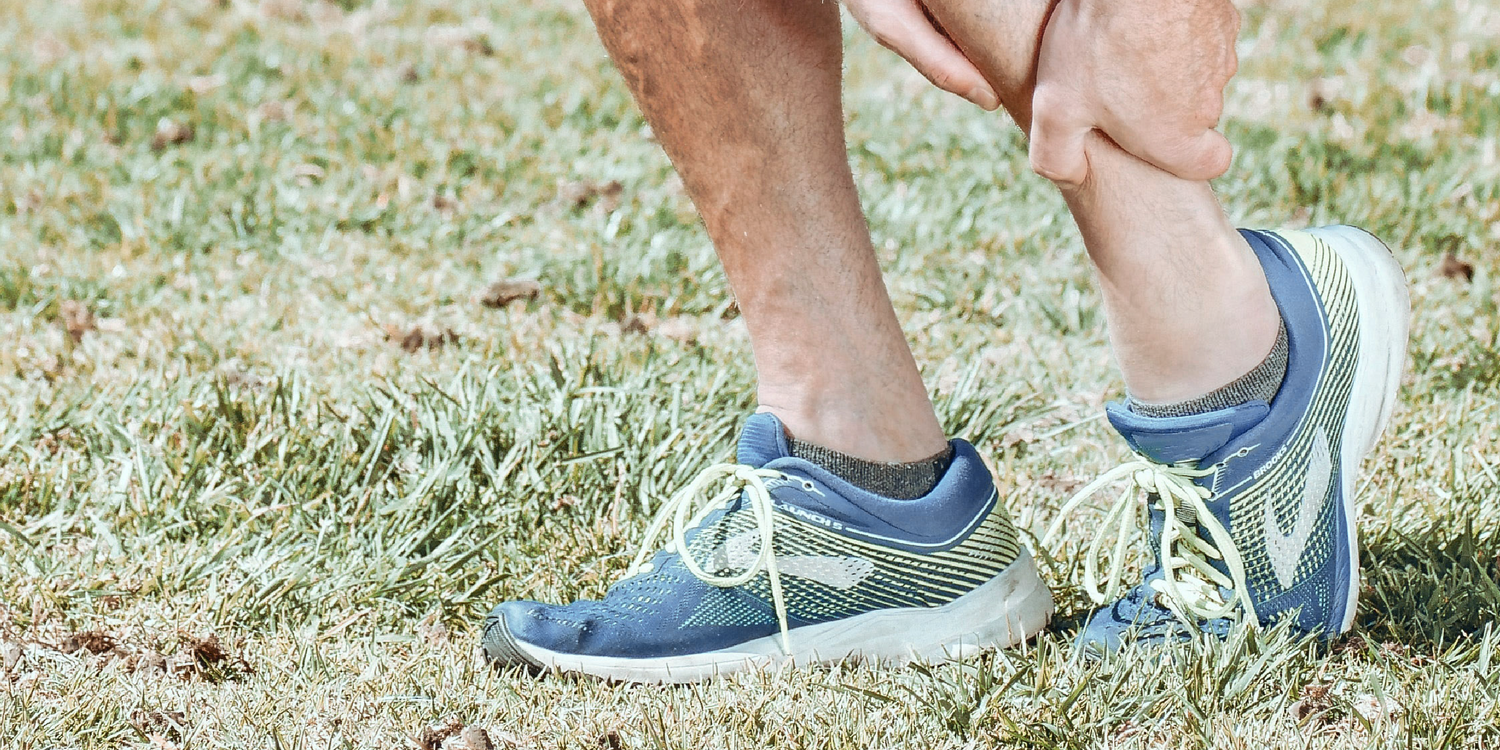





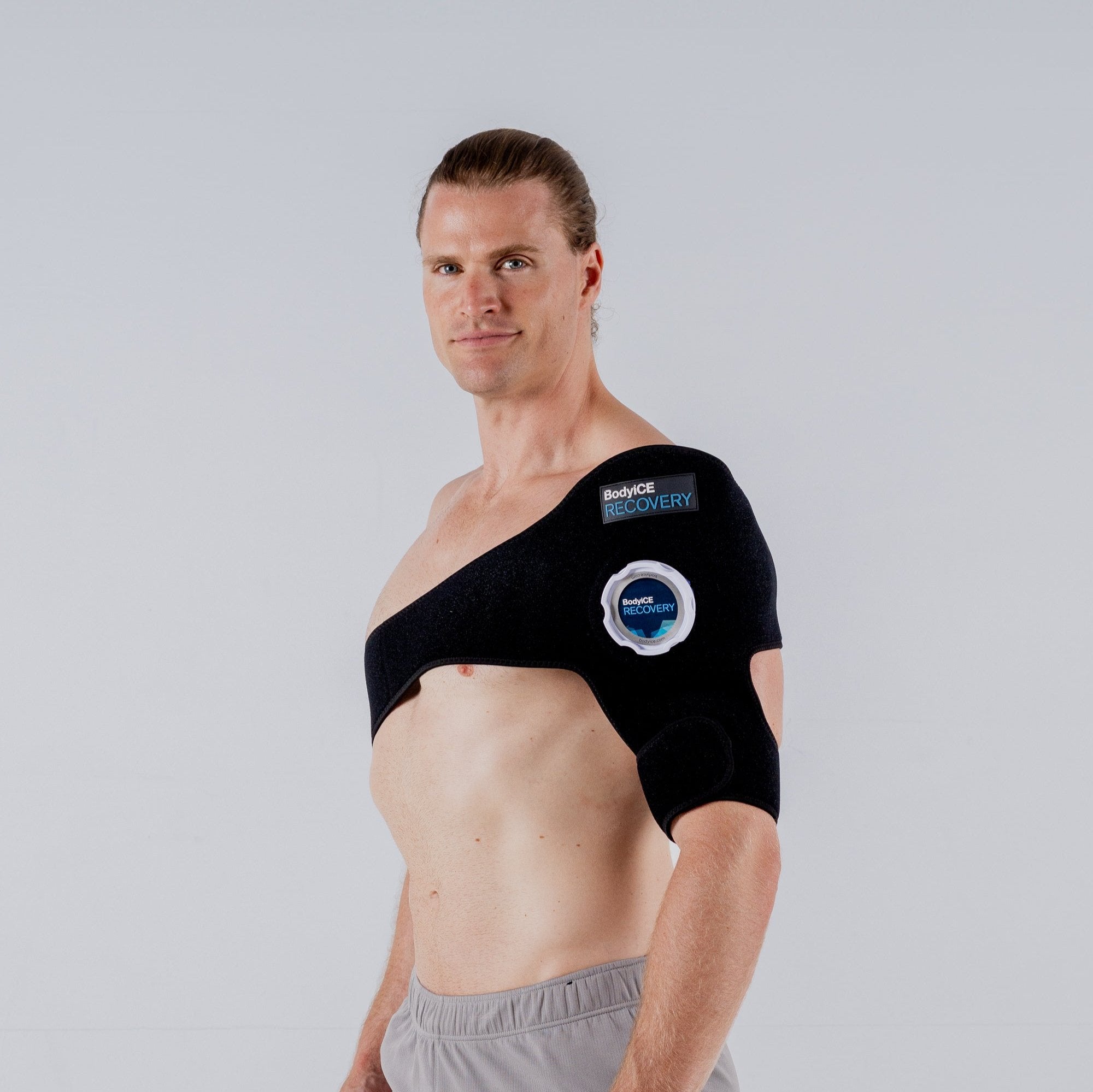
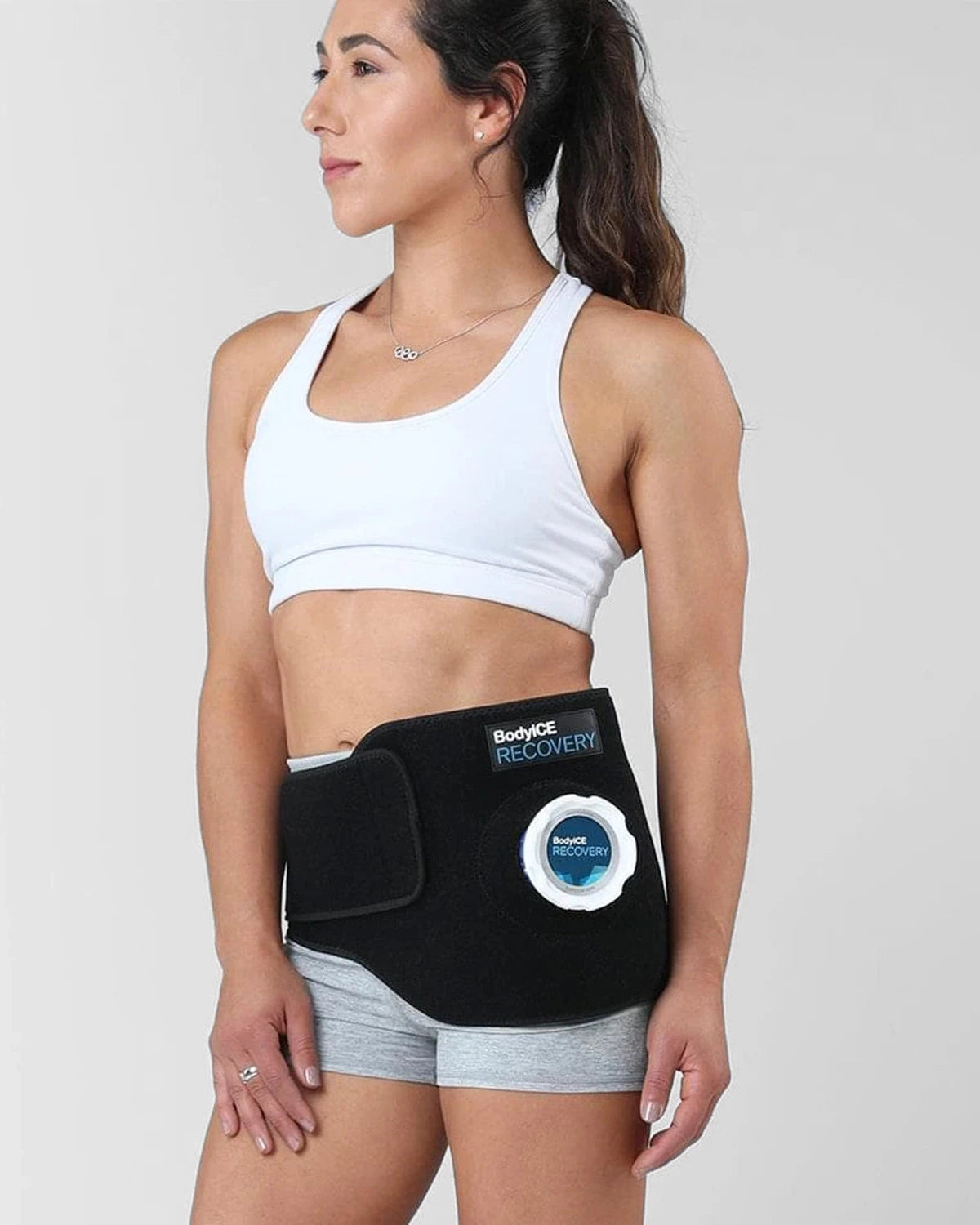



Leave a comment
All comments are moderated before being published.
This site is protected by hCaptcha and the hCaptcha Privacy Policy and Terms of Service apply.